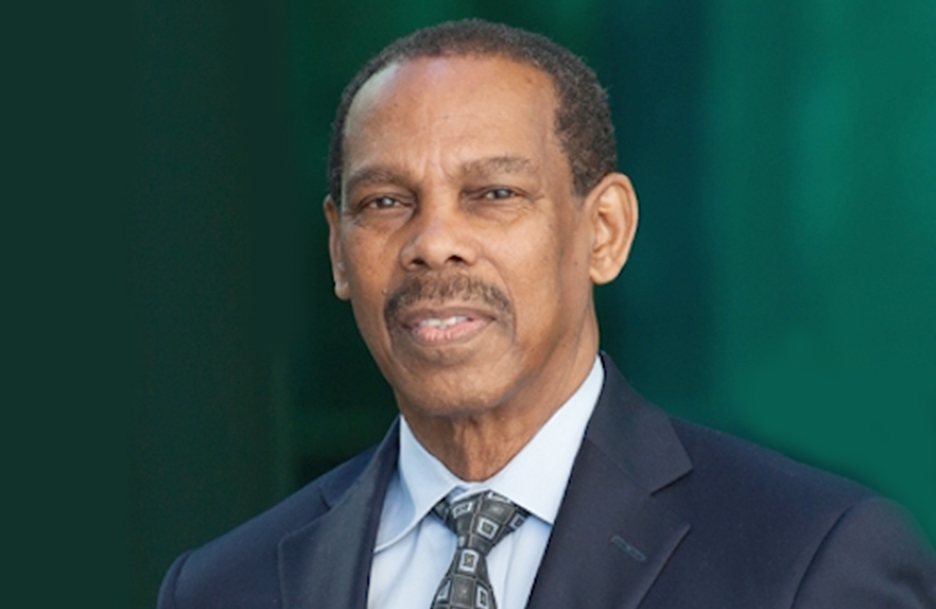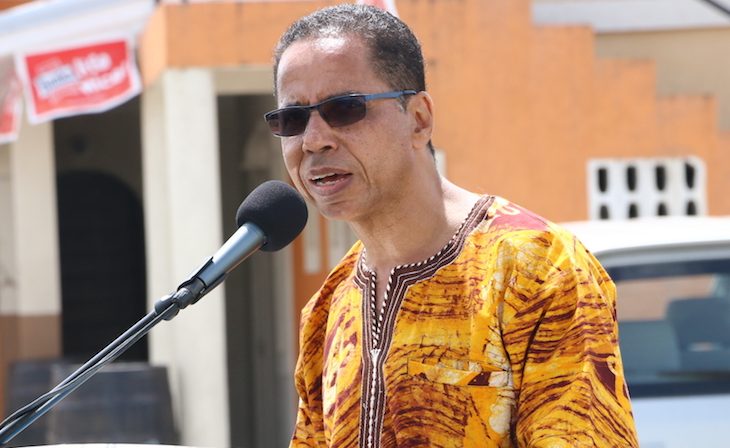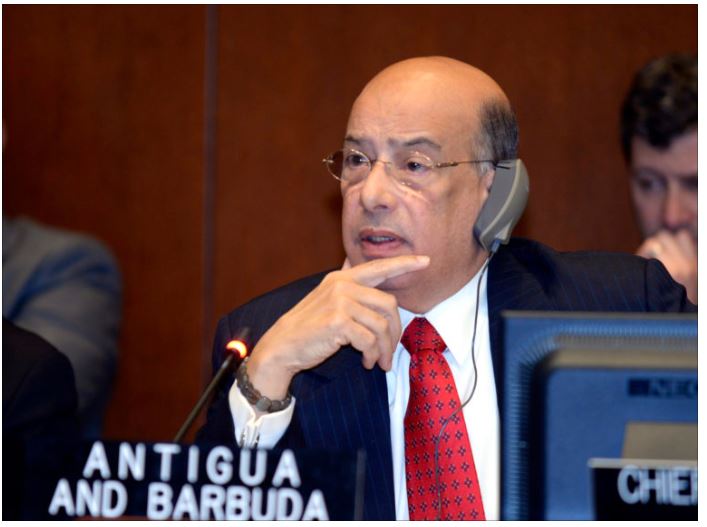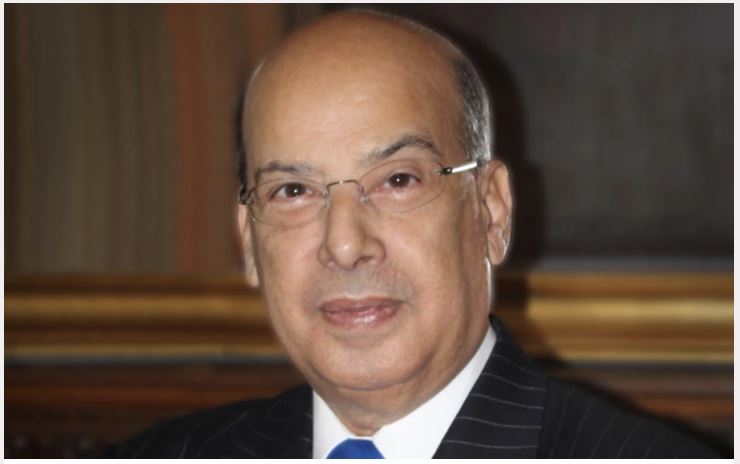By Dr. Edward Greene
Notwithstanding the apprehensions of many observers noted last week, we awaited the outcomes of COP 25 in Madrid with anticipation.
The following statement from the UN Secretary General, Antonio Guterres aptly expresses the disappointing result: “The international community lost an important opportunity to show increased ambition on mitigation, adaptation and finance to tackle the climate crisis”.
His assessment is fully endorsed by most of the reports that GOFAD was able to source. A final set of documents fell short on both the meeting’s main goals. They agreed on only weak and watered down commitments to the drastic cuts in emissions of greenhouse gases that had been promised. And a decision on regulations for new international carbon markets was deferred until next year in Glasgow at COP 26 (December 2020).
Despite the disappointments, there are building blocks for future success in achieving the goals of the Paris Agreement (2015). Because Madrid failed to clarify so many key issues, the onus now falls on the UK to resolve many of the most challenging questions. In Glasgow, the question of loss and damage, of carbon markets, transparency and many other technical issues will need to be solved. Most importantly, the countries will have to agree on a major boost in their carbon cutting if the world is to keep the rise in global temperatures under 1.5c this century.
Future success will depend on several factors. Chief among these, are a) reducing the disconnect among COP stakeholders, and b) pursuing collective leadership.
Reducing the Disconnect between the Larger polluters and the Smaller, Poorer, Less Polluting Countries
It was generally portrayed that major players including the larger polluters who needed to deliver in Madrid did not live up to expectations. Yet, the presence and programmes highlighted by smaller, poorer, less polluting countries highlighted the worst impacts of climate change and reminded everyone what is at stake. So too were the expertise and dedication of the many hundreds of diplomats, researchers and policymakers who attended the summit alongside the politicians and the demonstrators who took to the streets for the past 18 months. This disconnect was the difference between the urgency underlined by the latest science, the demands for more ambitious climate targets from school strikers around the world, and the ‘torturous, convoluted nature of the talks’.
Sriram Madhusoodanan from Corporate Accountability, a campaign group that monitors the presence of the oil and gas industry at COP said : “It’s clear that civil society is at a boiling point, they are frustrated with the glacial pace and they are livid with the presence of polluters and their trade associations.”
But for civil society and the persistence of the protestors progress would be even slower. Special reference also must be made to the progressive alliance of small island states, European, African and Latin American and Caribbean countries for achieving the best possible outcome against the will of big polluters. Laurence Tubiana from the European Climate Foundation, and an architect of the Paris agreement, described the result as “really a mixed bag, and a far cry from what science tells us is needed.” See ‘Never have I seen such a disconnect’.
The importance of Collective Leadership
An insightful BBC report reminds us that COP25 in Madrid only happened because the Chilean government, faced with mounting civil disorder, decided to cancel the meeting in Santiago and that Spain stepped in and in three weeks organised a well-resourced and well-run event.
However, the fact that it was being run by one government, while hosted by another, gave rise to severe difficulties. The Report stated that “delegates were highly critical of the fact that when it came to the key text about ambition, the Chileans presented the lowest common denominator language first, resulting in a huge number of objections from countries eager to see more ambition on carbon cuts”.
At the same time, experienced COP watchers said they should have started with high ambition and negotiated down to a compromise. It is therefore instructive that avoiding these anomalies should be an important outcome of the September 2020 in Liepzig encounter in preparation for the COP 26 Leadership in preparation for Glasgow. The hope is that by then the EU would have formalised its zero-carbon long term goal; updated its 2030 pledge to cut emissions by 55% of 1990 levels; and secure agreement from the Chinese to improve their nationally determined contribution (NDC). Back in 2014 the climate pact signed by President Obama and President Xi Jinping became the lynchpin of the Paris Agreement.
Rays of Hope from Latin America and the Caribbean
There is an opportunity for countries of the south acting in consort to make a difference especially in securing positive commitments to achieving zero carbon emissions, mitigating climate migration and stimulating positive provision for loss and damage in response to catastrophic damage.
Movement to Zero Carbon Emissions
The Zero Carbon Latin America and the Caribbean 2019 Report builds on the first Zero Carbon Report (2016), which called on the region to focus in the full decarbonization of four areas that produce 90 per cent of the greenhouse gas emissions: power generation, transportation, land use and industry.
It predicts that the transition to full decarbonization in these specific sectors will create further benefits, such as 7.7 million new permanent jobs and 28 million job-years in assignments related to green technologies, infrastructure deployment or transport electrification. The new edition was produced with the support of EUROCLIMA, a programme funded by the European Union, and the Spanish Agency for International Development Cooperation (AECID).
Prime Minster Mia Mottley’s Call to Action on Mitigating Climate Migration
The call by Prime Minister Mia Motley speaking on behalf of the Small Island Developing States (AOSIS) at the UN Climate action Summit is worth restating. It was for integrating human mobility in the COP and more generally in discussions on climate change as essential to prevent forced migration and support people who will be forced to leave their communities due to phenomena such as sea level rise, desertification, the melting of glaciers, the acidification of the ocean, droughts and hydrometeorological threats. By bringing together all parties to the United Nations Framework Convention on Climate Change, the COPs represent the ideal platform to advance these discussions and achieve international consensus to address climate migration.
Caribbean Pavilion sponsored by CDB and the Case for a Pan Caribbean Partership for Climate Action
The Caribbean contributes negligibly to global carbon emissions, but still bears the brunt of climate change impacts. As a result the issue of loss and damage that was inconclusive at COP 25, must be in forefront of urgent decisions in light of recent catastrophic damage caused by Category 5 Hurricanes, Irma and Maria in 2017, and Dorian in 2019.
The Caribbean pavilion at COP 25 represented a platform for several regional bodies, including CDB, the Caribbean Community and the Organisation of Eastern Caribbean States (OECS) as well as extra-regional bodies, such as the Alliance of Small Island States (AOSIS).
This strong presence with areas for debate and information sharing also represents a justification for a Pan Caribbean Partnership on Climate Action advocated in GOFAD’a Blog (October 10, 2019).
In preparing for COP 26 the Caribbean Community Climate Change Centre which is responsible for coordinating the Region’s response to climate change, must press for financing a cooler planet, moving beyond business as usual and coming within striking distance of net-zero emissions by 2050.




